In any Manufacturing Industry, it is intended to achieve maximum profits by investing a comparatively lower quantity of hard earned assets. What holds importance from the industrial point of view is a reduction in those activities which impede the profit prospects. These activities are known as non value adding activities and are a challenge in the system of Lean manufacturing. Lean Manufacturing is all about reducing the various types of wastes and carrying out production in such a way that the end user is kept satisfied at all times.
This article covers the various types of wastes that can be observed in any industry. It is not necessary that only production industries have these challenges. Any organization that works for profit can be analyzed from the Lean point of view. However, examples related to Production Industries will be undertaken for easy comprehension.
Firstly, it should be understood as to what is an Industrial waste. There may be a majority of people who may proactively name chemicals, waste water, paint sludge, used oil and so on. But these are examples of Industrial Waste. Rather than examples, we are interested in the types of industrial wastes. Thus the types of Industrial wastes include Transport, Inventory, Motion, Waiting, overproduction, Over-processing and Defects. An acronym viz, TIMWOOD is popular to easily remember these types of wastes. The further part deals, with detailed understanding of each of these wastes.

1. Waste from Transport in India
It refers to the unnecessary movement of material and semi-finished products from one point to another. This waste is generated when certain components in an assembly are not finished to the required accuracy due to which there are certain operational defects. This requires rework or replacement of components. In doing so, the time, energy and money to transport defective material, procure new material, documentation and so on causes considerable monetary loss to the company. This waste is also generated when a particular product has to travel a very large distance for a small number of operations.
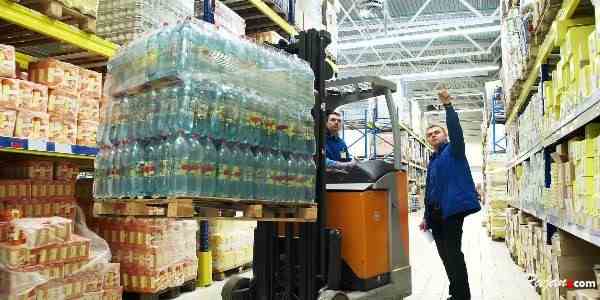
2. Inventory Waste in India
Assume that we need certain fasteners for an assembly. At first money is paid to the trader and the fasteners are purchased. Thus the trader earns the money and by depositing it into the bank, he/she starts earning interest as well. However, we can be in a state of profit only when the fasteners are used immediately, the assembly is finished and sold. The more we keep the assembly pending; we lose certain money equivalent to the interest earned by the trader. Thus, according to Lean Manufacturing concepts, the more a purchased component remains unsold, the more is the probable loss to the industry.
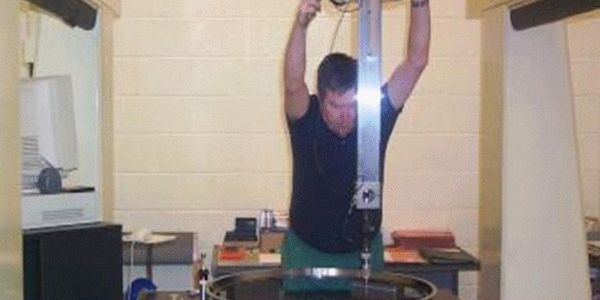
3. Waste from Motion in India
According to this, an operator working at an assembly station, should have all tools, raw material, spares and all required components handy and within close vicinity of the working area. The more he/she moves the hands to fetch things not at place, more is the waste of operational time, which can cumulatively lead to the overall delay in the assembly. This waste may also lead to fatigue of the operator and can mail the prospects of profit for the industry.
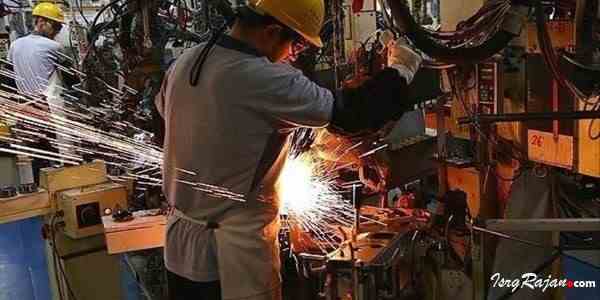
4. Waste by Waiting in India
This includes rapid processing of products at one stage compared to slower processing at the next stage. This is generally observed once the product is assembled. The process of assembly and testing is quicker compared to the process of painting and finishing. Thus the products wait for a certain time before painting. This is a type of waste because of the overall delay caused in the dispatch of the products. Waiting of components may take place due to deficit spares and other such logistical reasons too.
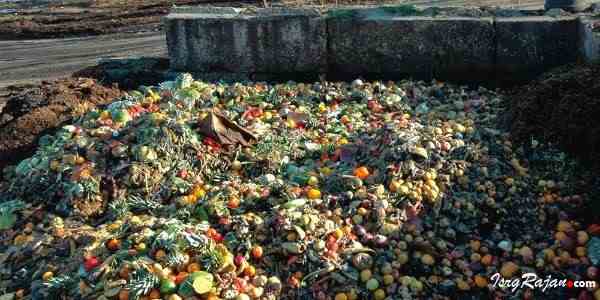
5. Waste from Overproduction in India
Completely knowing the market conditions and the available orders with a company, if too much production takes place, it needs to be considered as a waste because it is not being sold and additionally there will be no prospects of orders in the near future. These ready products require space to store; they need certain maintenance and periodic overhauling if the components are critical too. This adds on to the cost of the finished products and paves way to production planning in such a way that excess production is avoided and the demand is easily met with minimum stock available.
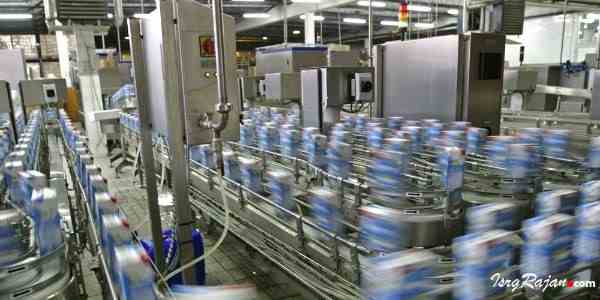
6. Waste from Over-Processing in India
Although custom requirements are specified by the customers, certain industries concentrate too much on presentation and carry out over-processing of the products. Due to this extra cost is incurred and there may not be desired appreciation from the customer end. For example, at times, industries provides a mirror-finish to a surface where it is not mandatory to do so. It is thus always intended to reduce or eliminate over-processing during the production process.

7. Waste from Defects in India
These may be due to various errors from supplier end, handling, storage, movement of material, processing and so on. An astonishing fact about defects is that they get magnified as the defective component is processed further ignoring the defects. At times, deviations are accepted, but it is recommended to find the root cause of defects and eliminate the same to avoid further reduction in profits.
Thus, every waste contributes to a reduction in profit earned by a product. It is required to minimize or eliminate all these wastes so as to achieve our objective of earning more profit by investing comparatively lower quantity of hard earned assets.

